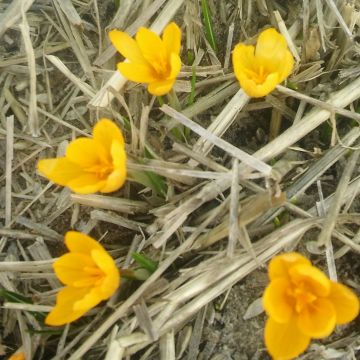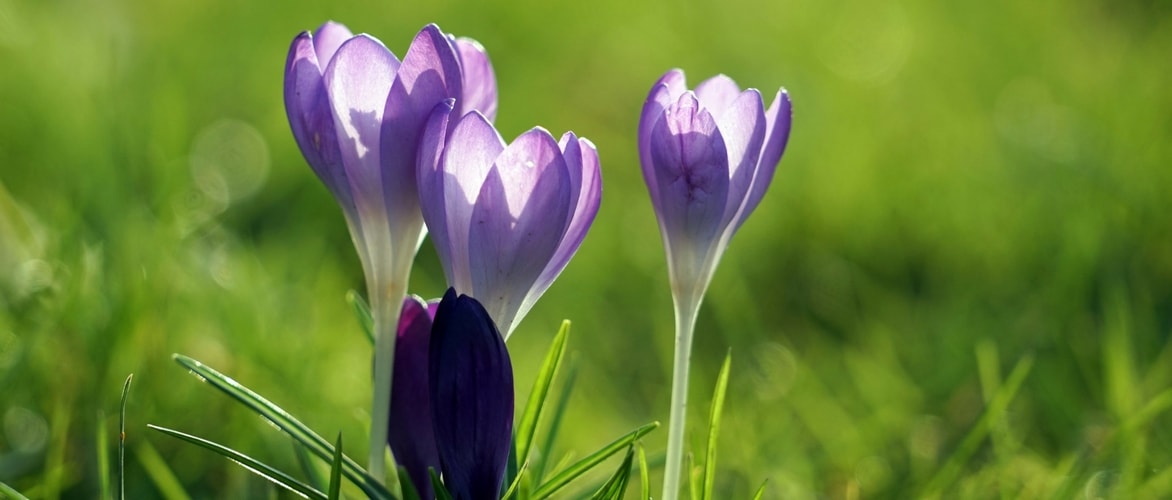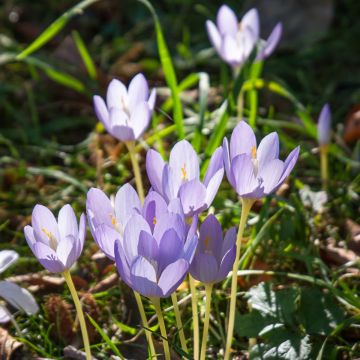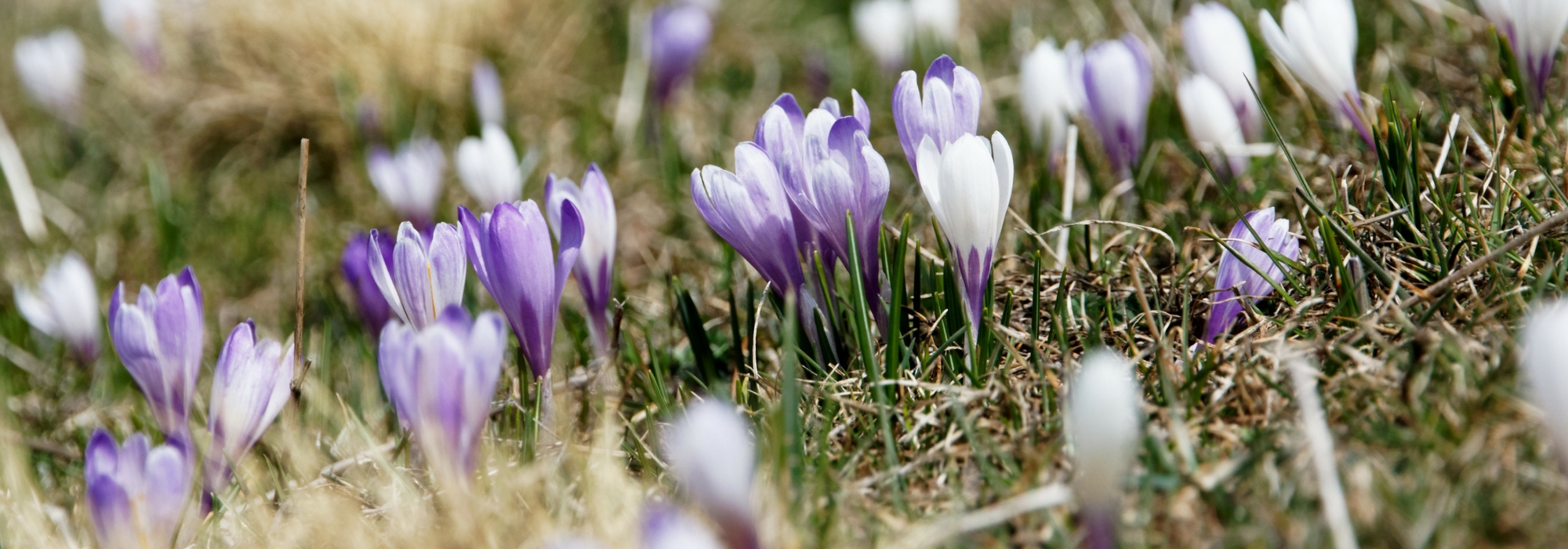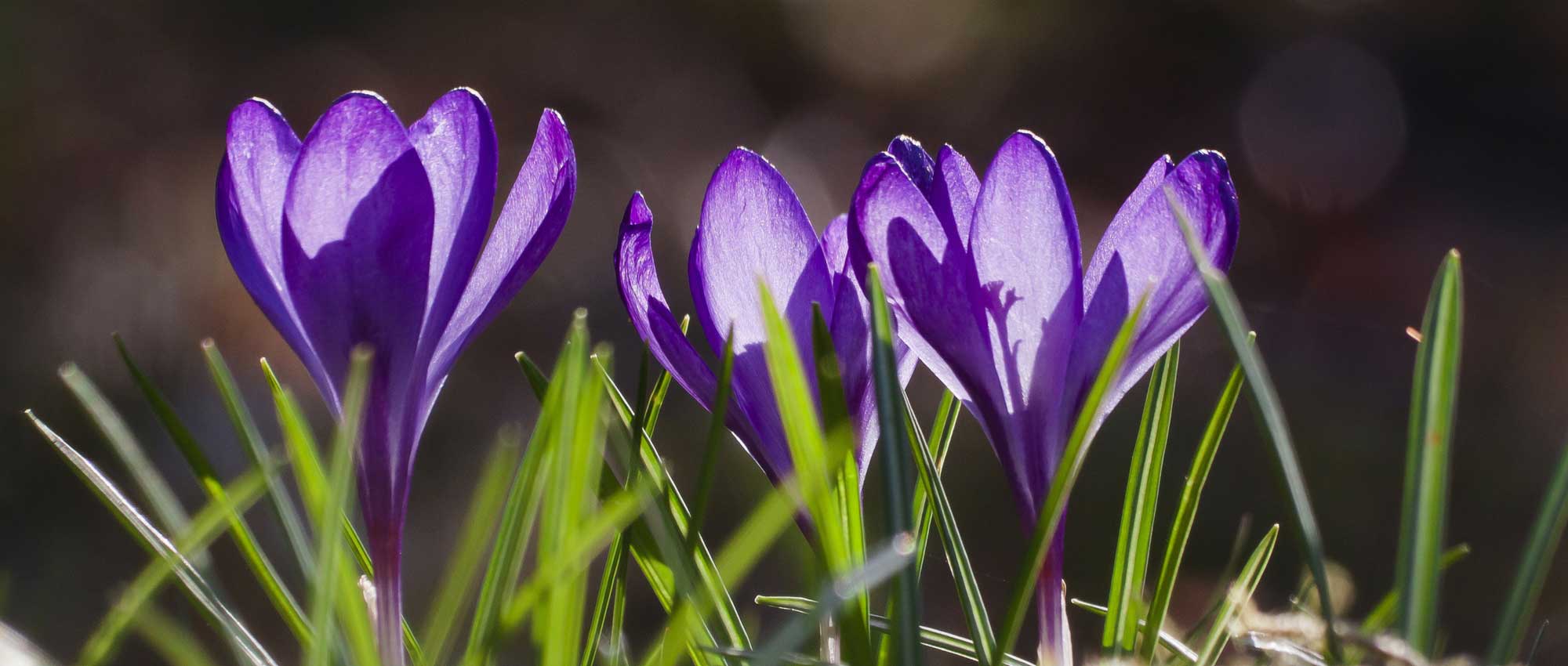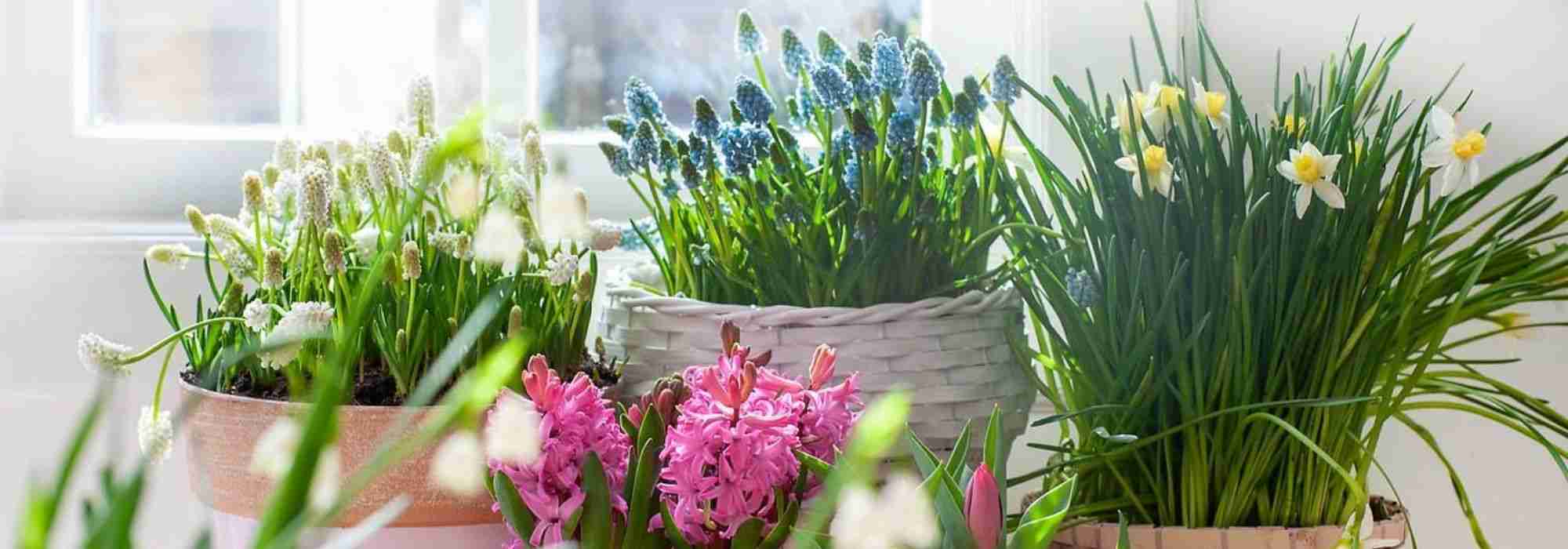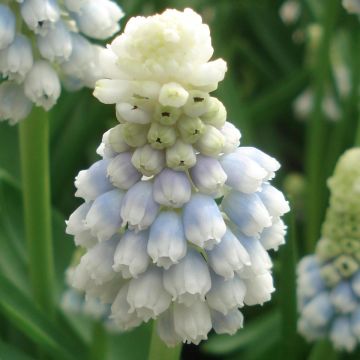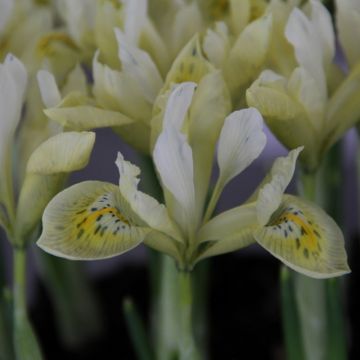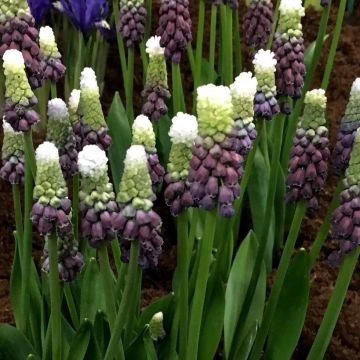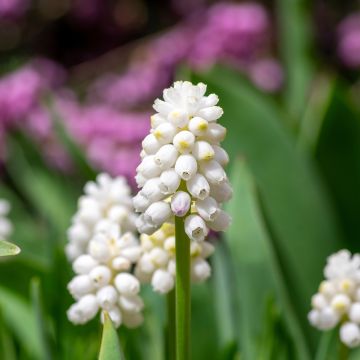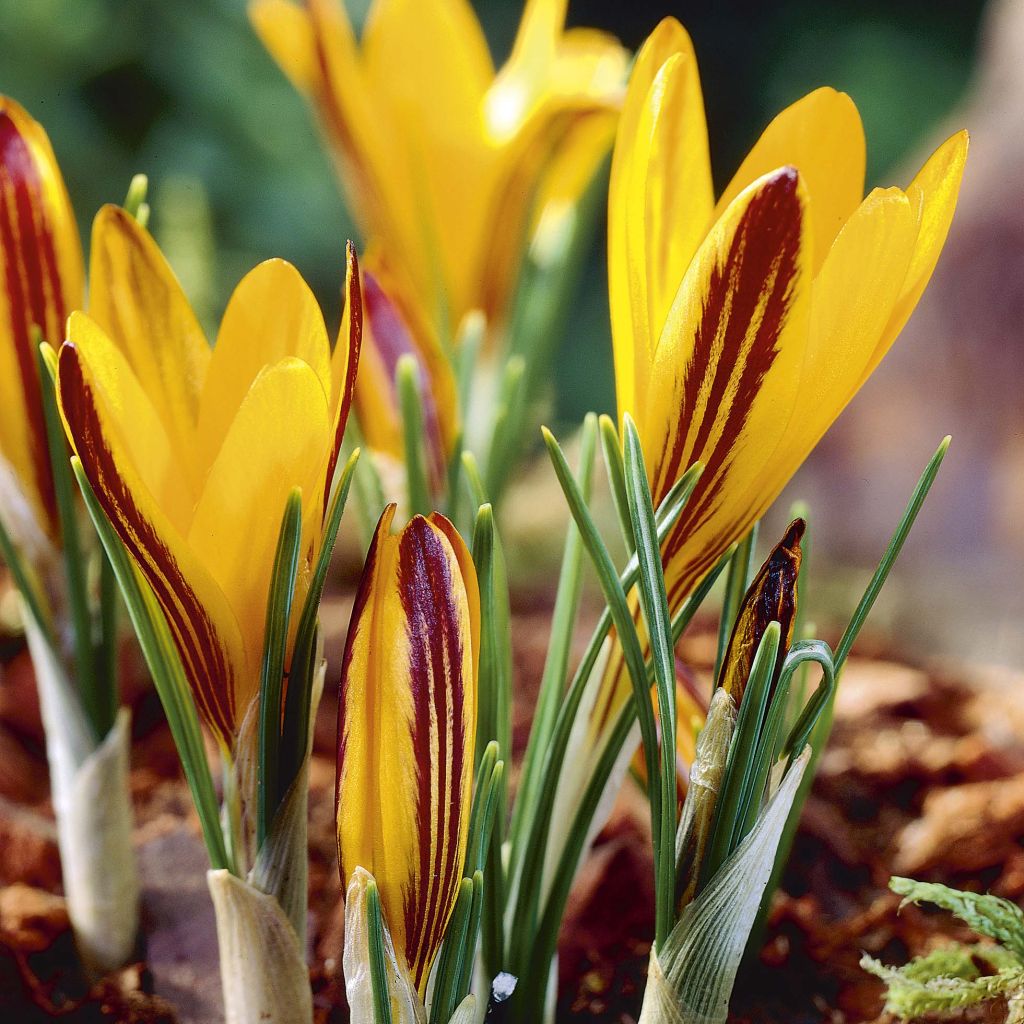

Crocus angustifolius
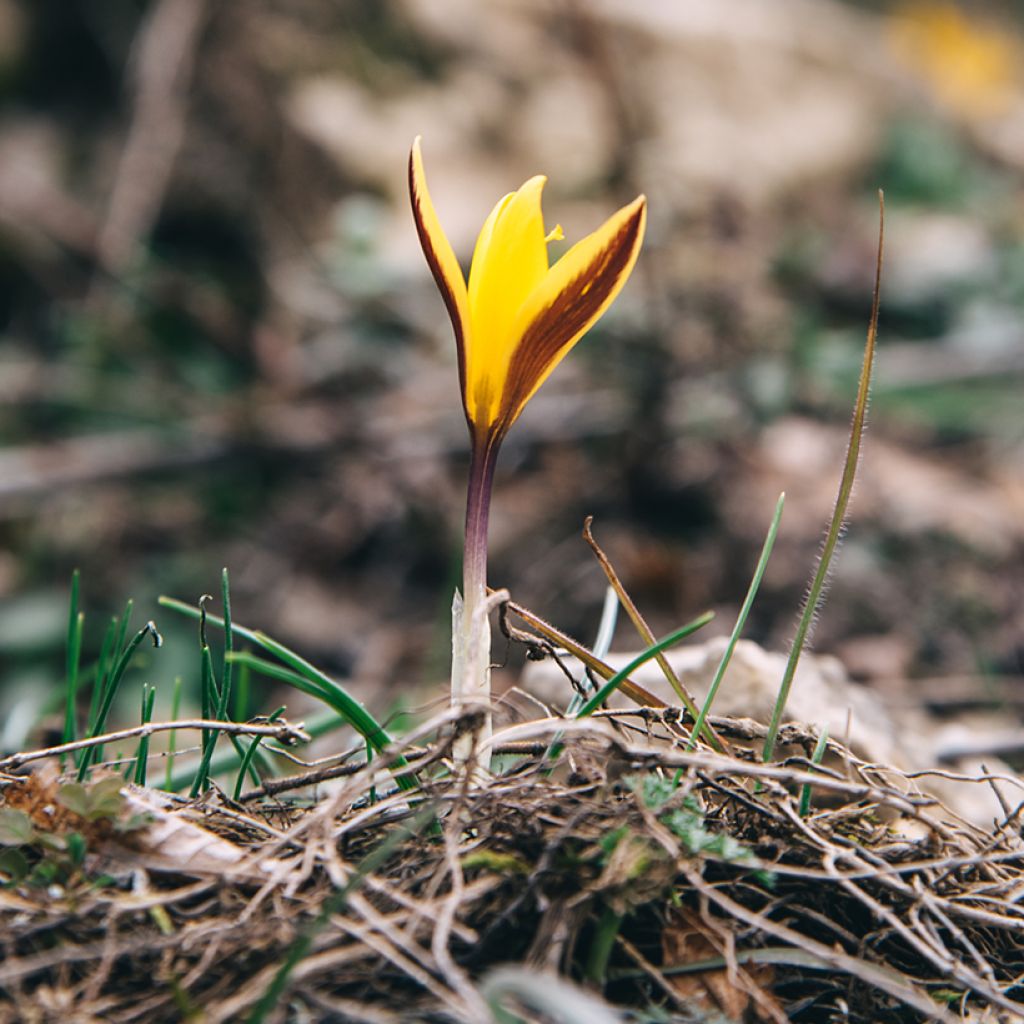

Crocus angustifolius
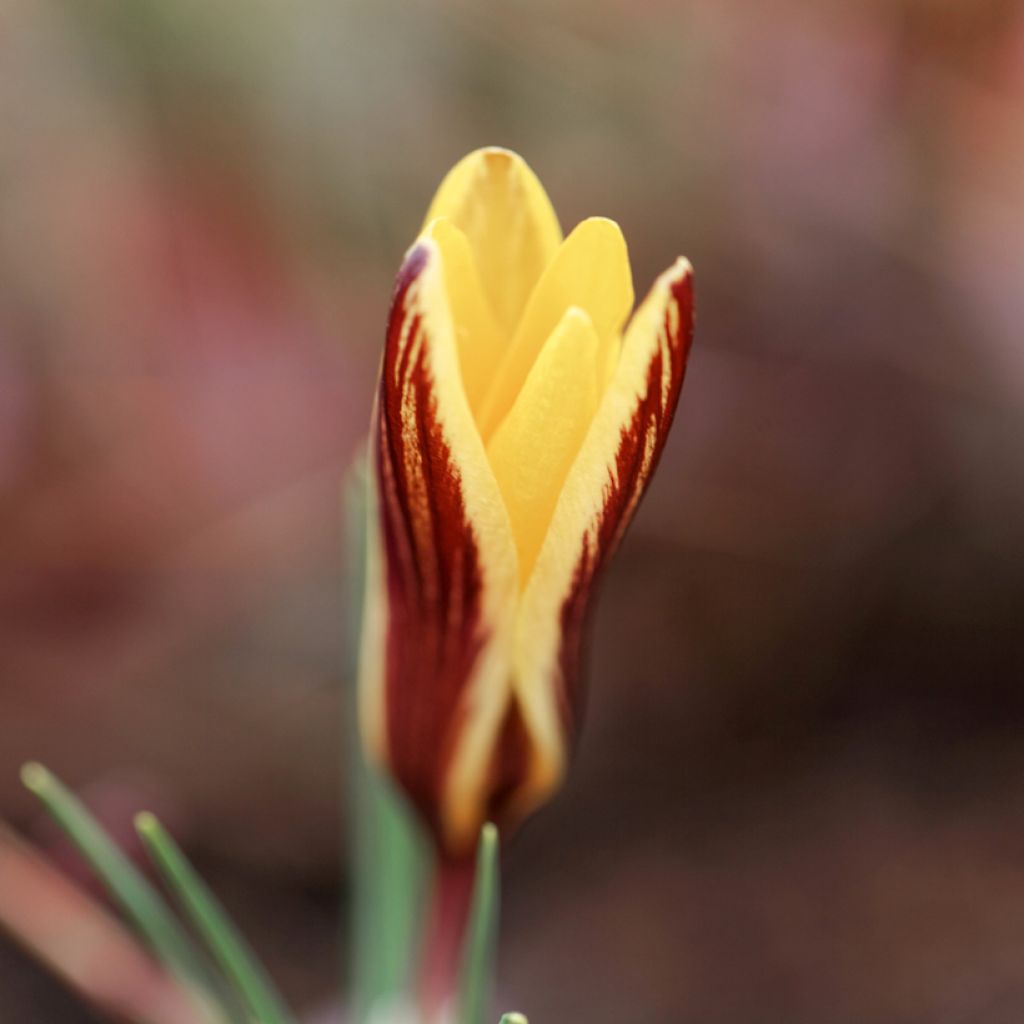

Crocus angustifolius
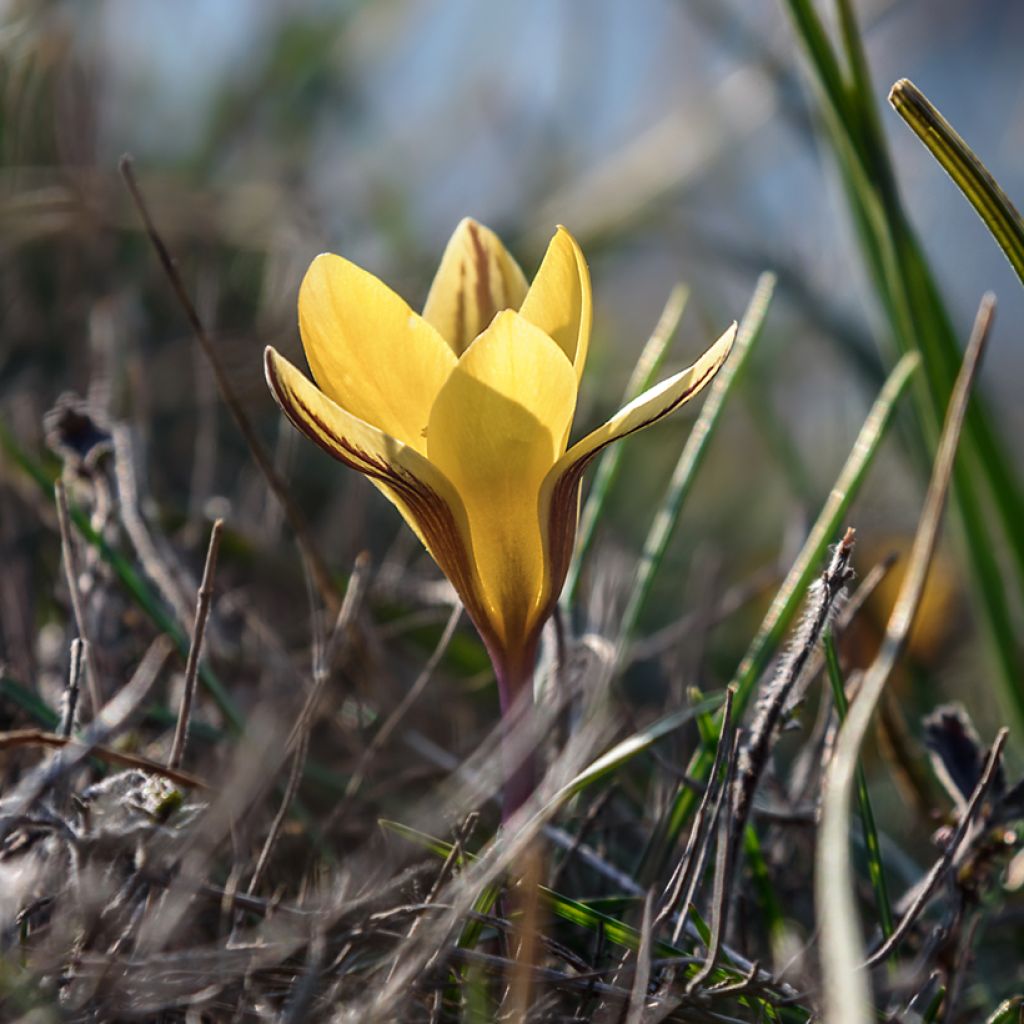

Crocus angustifolius
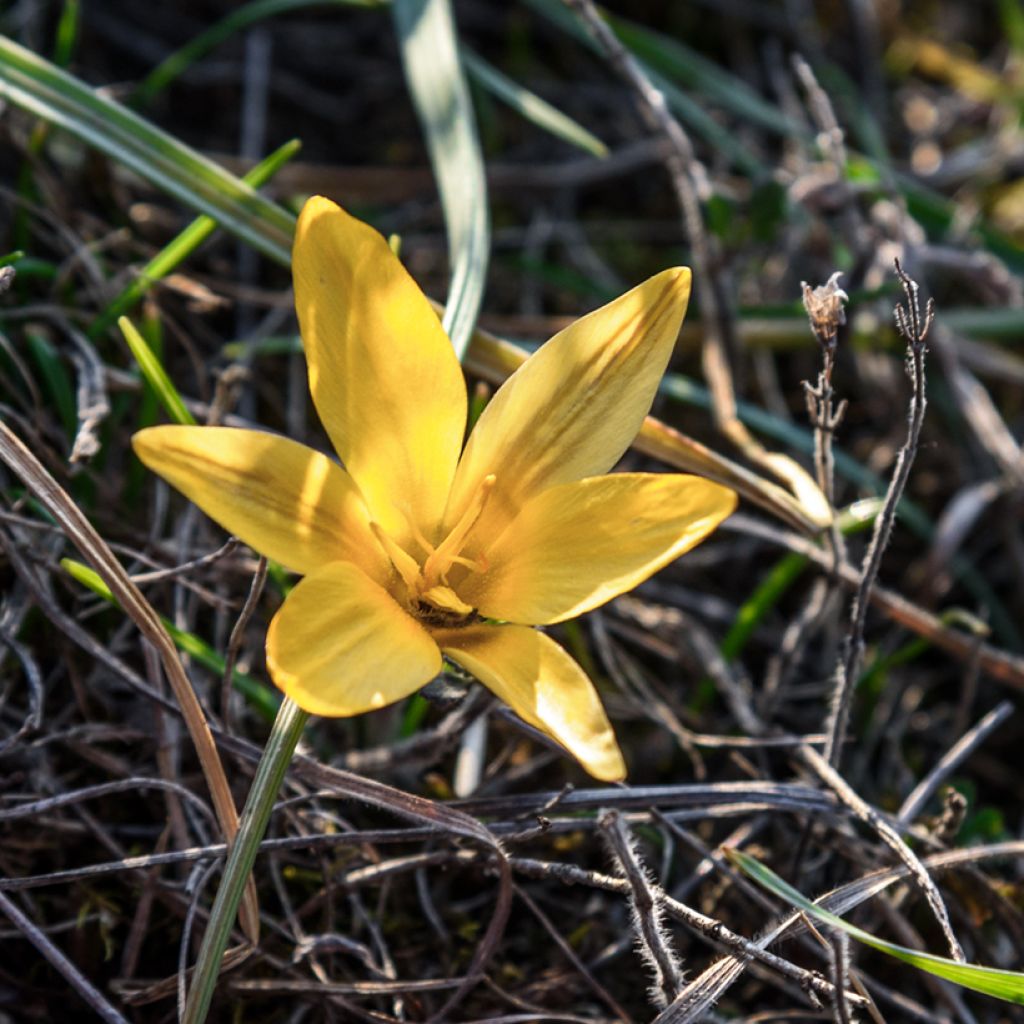

Crocus angustifolius
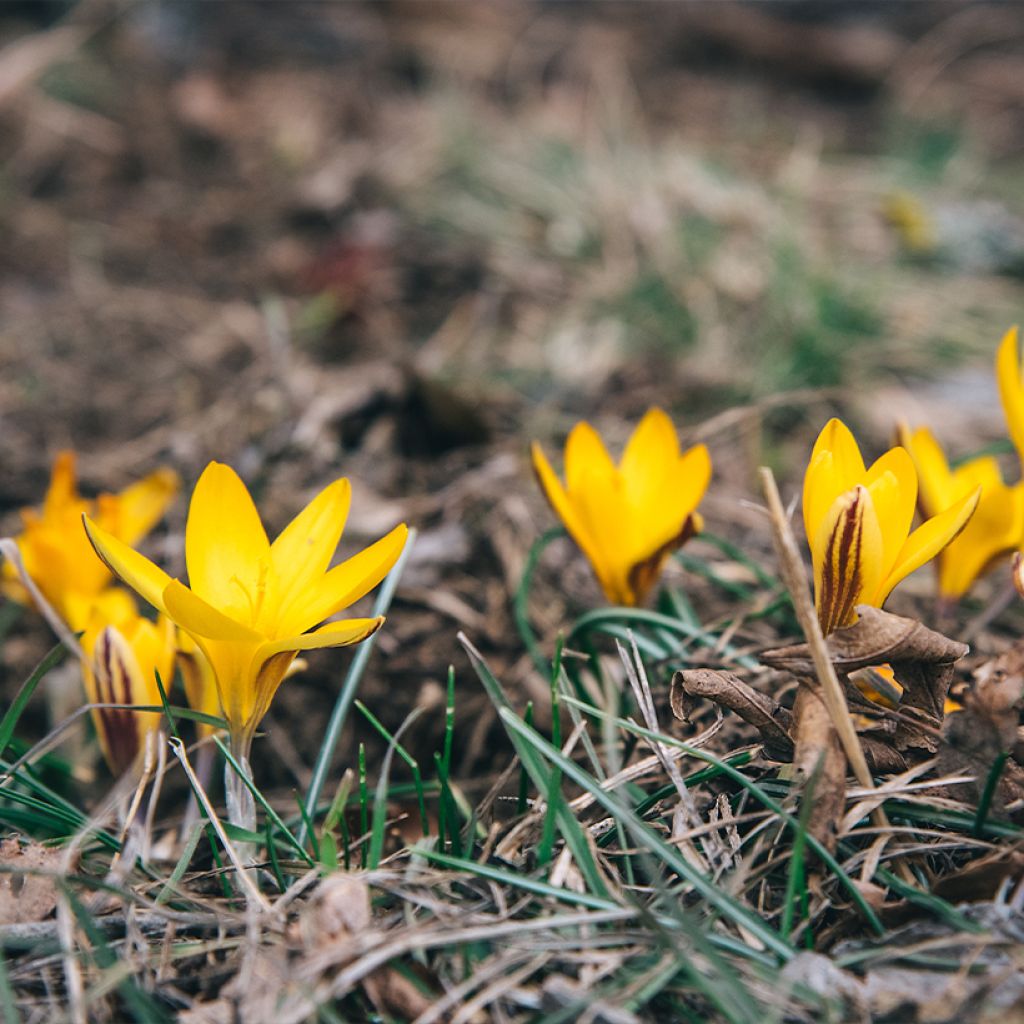

Crocus angustifolius
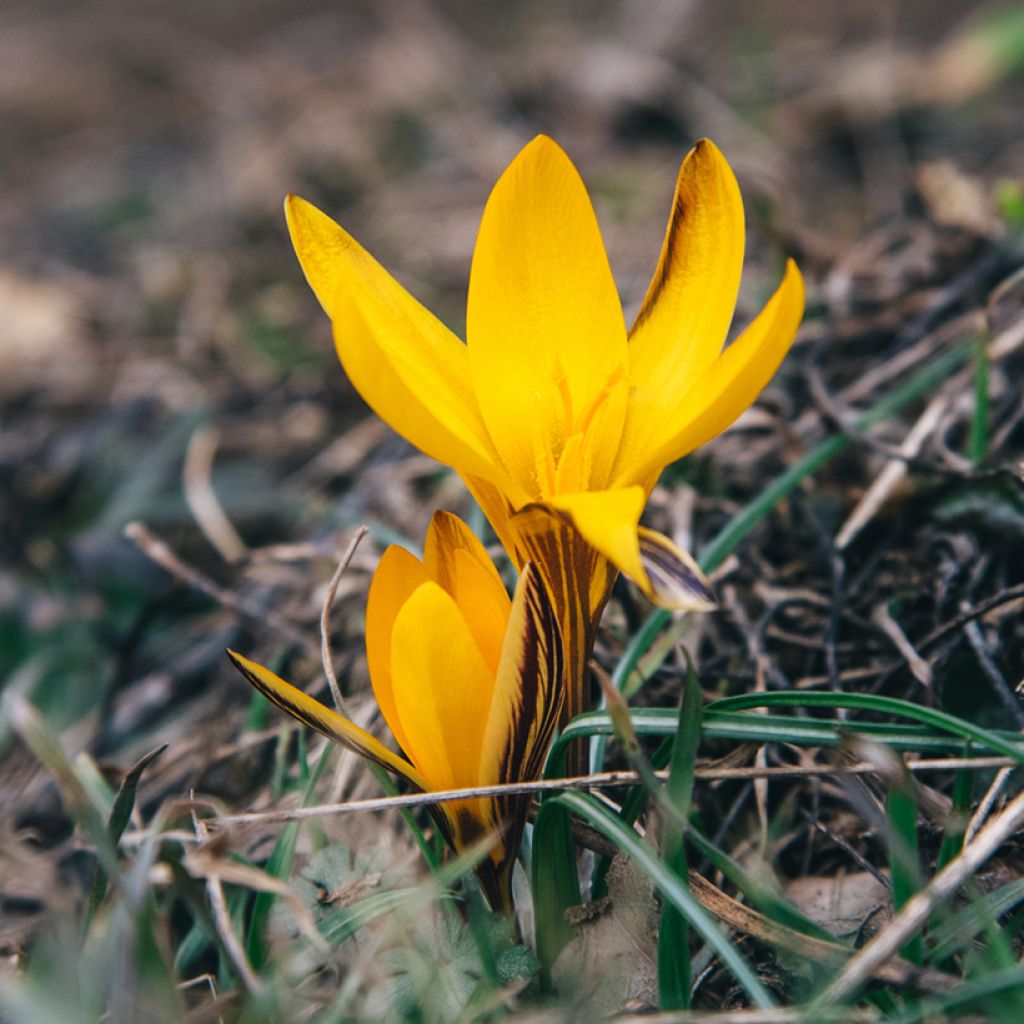

Crocus angustifolius
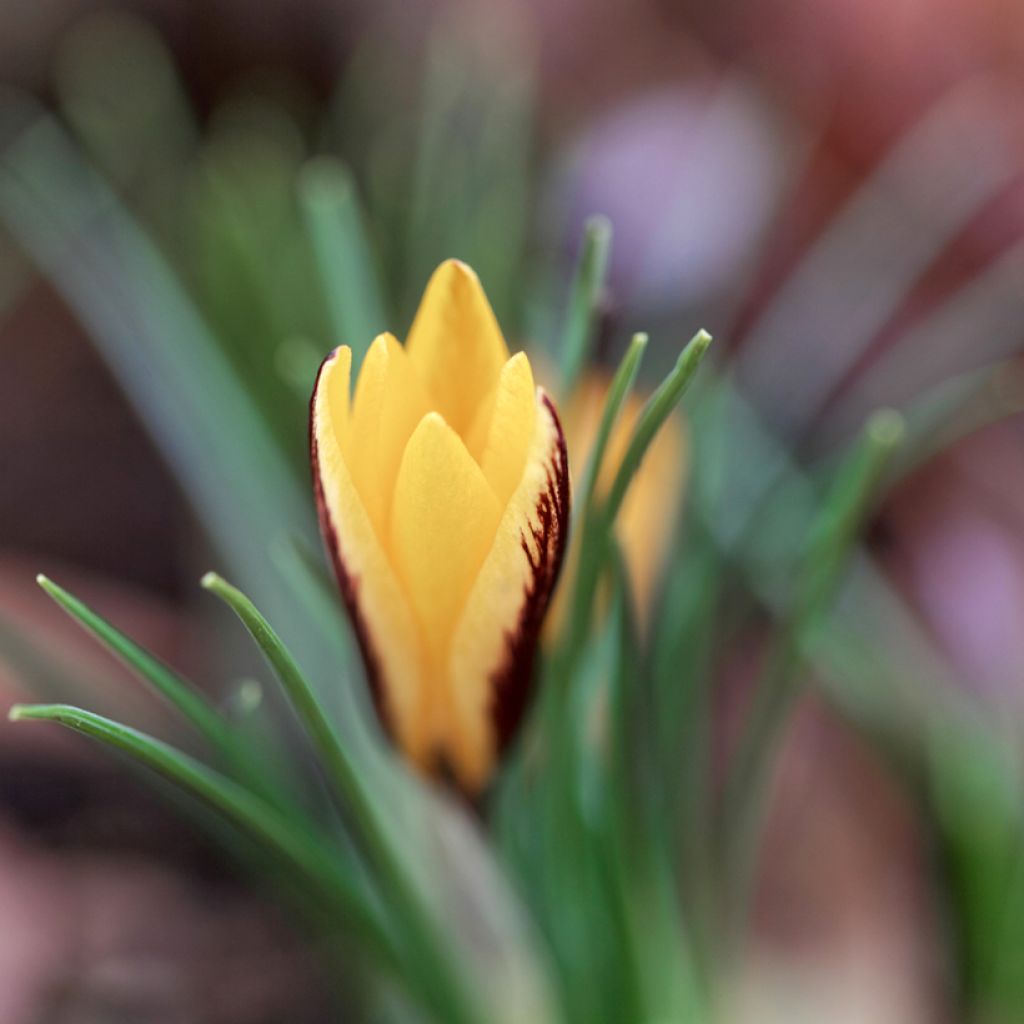

Crocus angustifolius
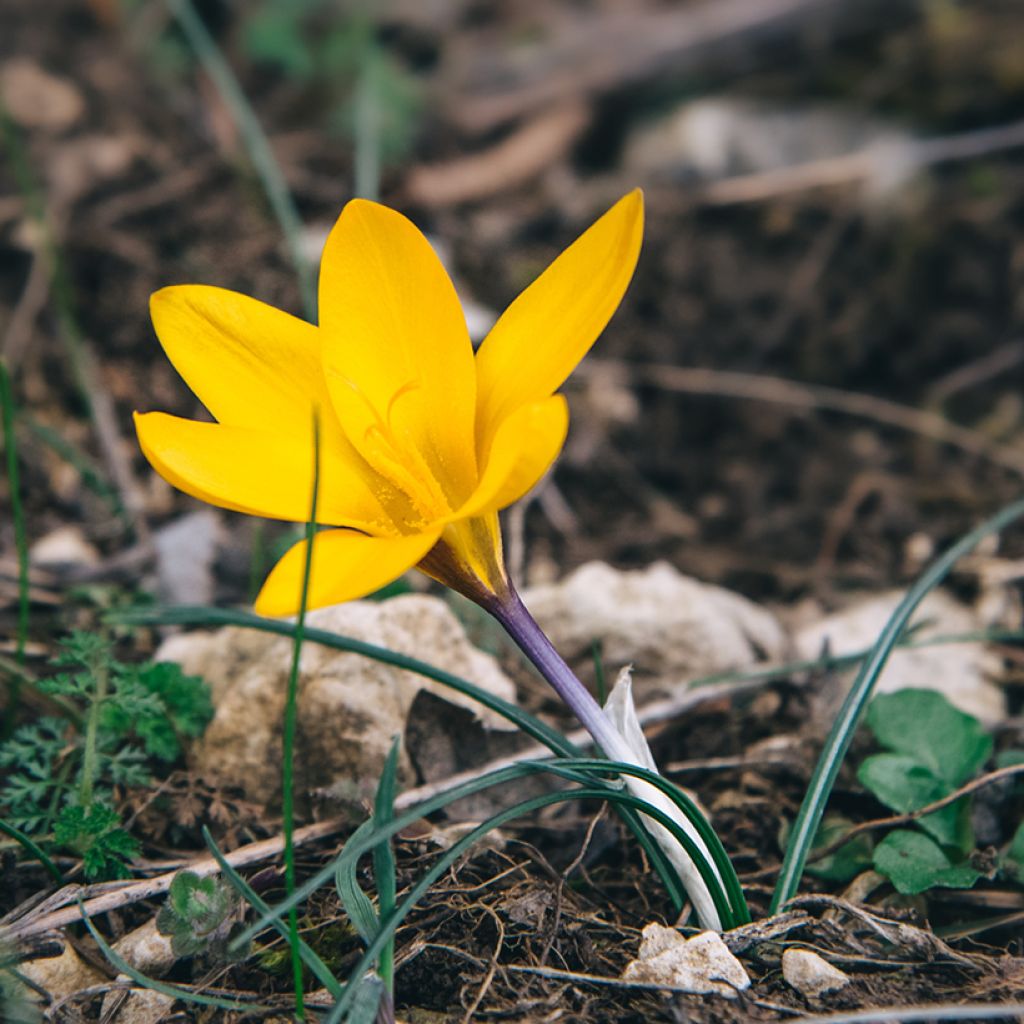

Crocus angustifolius
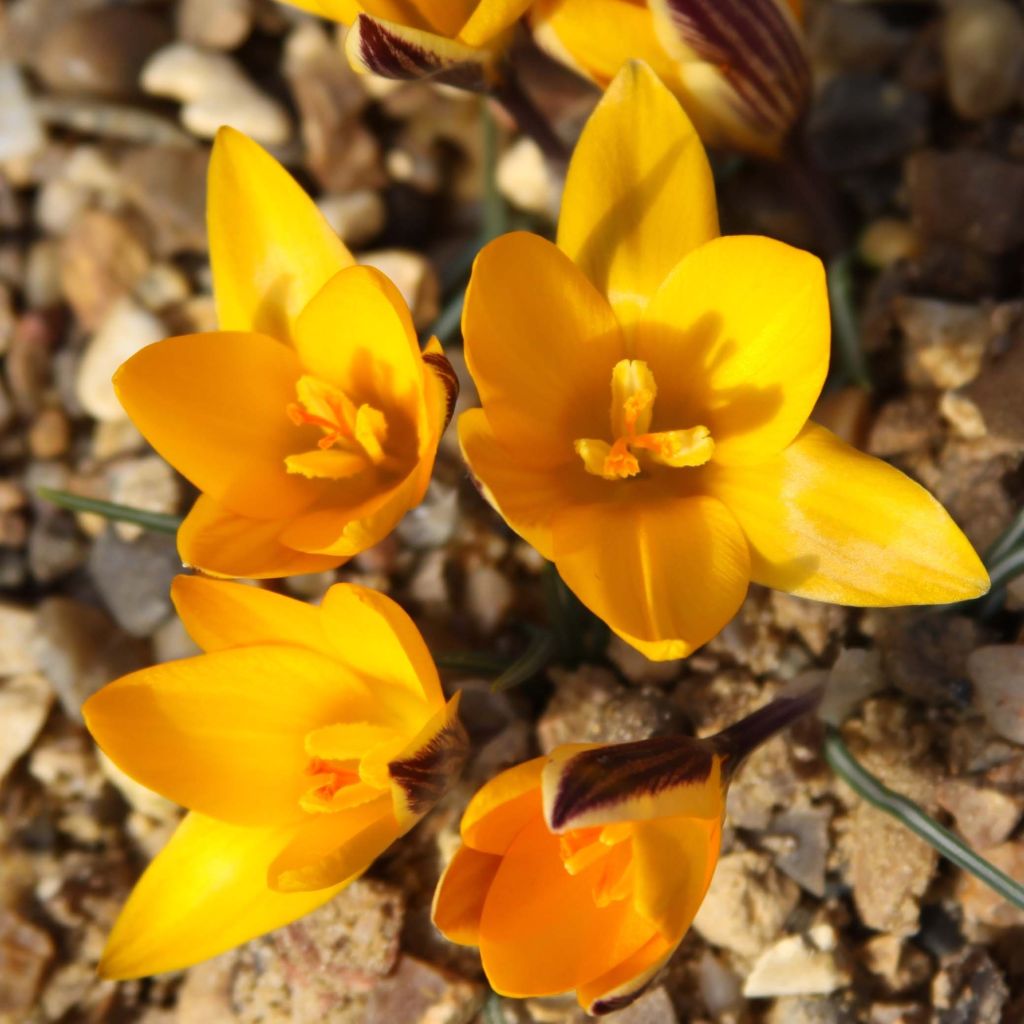

Crocus angustifolius
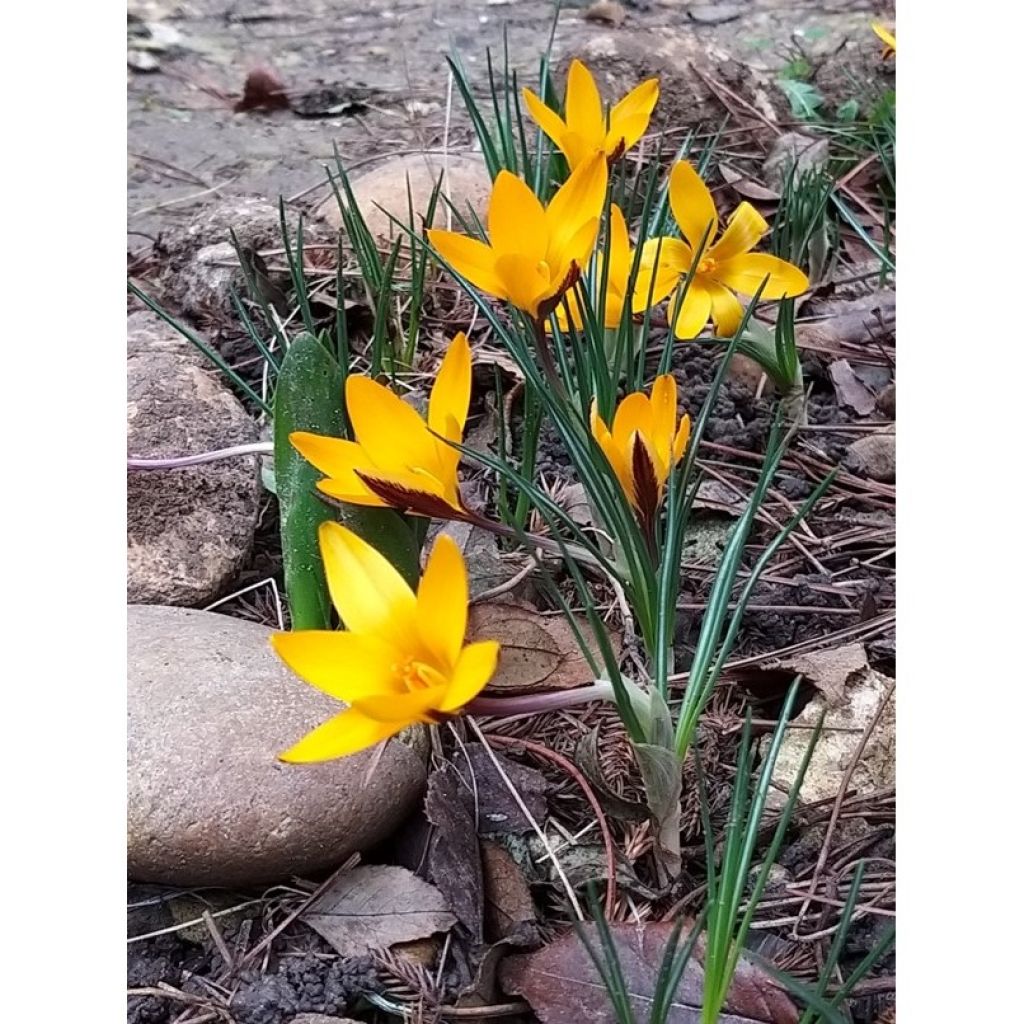

Crocus angustifolius
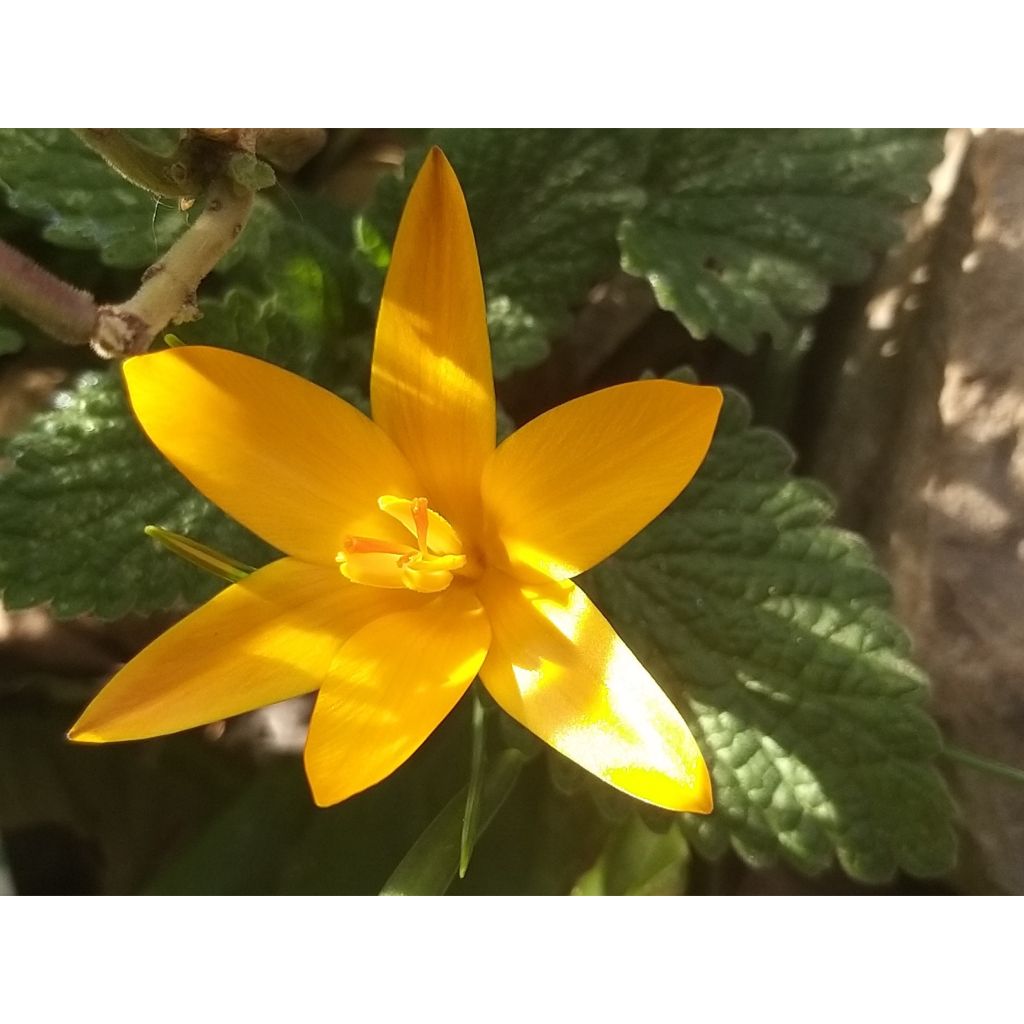

Crocus angustifolius
Crocus angustifolius
Crocus angustifolius
Narrow-leaved crocus, Gold-draped crocus
Very good recovery, beautiful crocuses with an original flowering color.
Cécile, 12/03/2025
Special offer!
Receive a €20 voucher for any order over €90 (excluding delivery costs, credit notes, and plastic-free options)!
1- Add your favorite plants to your cart.
2- Once you have reached €90, confirm your order (you can even choose the delivery date!).
3- As soon as your order is shipped, you will receive an email containing your voucher code, valid for 3 months (90 days).
Your voucher is unique and can only be used once, for any order with a minimum value of €20, excluding delivery costs.
Can be combined with other current offers, non-divisible and non-refundable.
Why not try an alternative variety in stock?
View all →This plant carries a 6 months recovery warranty
More information
We guarantee the quality of our plants for a full growing cycle, and will replace at our expense any plant that fails to recover under normal climatic and planting conditions.

Does this plant fit my garden?
Set up your Plantfit profile →
Description
Crocus angustifolius is a rare botanical species in our gardens. This small bulb flowers early in the season. At the end of winter, it bears slightly fragrant pointed flowers, which are bright yellow-orange on the inside, striped with bronze and reddish-brown on the outside. This wild crocus has received the Award of Garden Merit from the RHS for its numerous qualities. Plant it in a sunny spot, in light and well-drained soil. It will easily naturalise, spreading in large patches. It is magnificent in rockeries, flower beds, and containers.
Crocus angustifolius belongs to the Iridaceae family. It originates from Crimea, southern Ukraine, and Armenia, where it grows spontaneously in open spaces and among sunny shrubs. It likes climates that are dry in summer and cold in winter. This botanical species blooms from February, or March depending on the climate. Its narrow spindle-shaped flowers are high up on slightly transparent tubular stems that reveal the slow ascent of the buds. They bloom into beautiful bicoloured flowers. The dazzling yellow stamen heart is only visible during the day and in good weather, as the flower closes at night and under a grey sky. The foliage is deciduous, composed of very fine, linear, simple, and alternate leaves, with a thin white-silver central band. The 'bulbs' here are corms. A corm is, in plant morphology, an underground storage organ that looks like a bulb but is formed by a swollen stem surrounded by scales. It should be noted that crocuses go dormant in summer and are, for the majority of them, completely resistant to dry summers.
Crocus angustifolius, just like its botanical cousin C. chrysanthus, works wonders in rockeries and flower beds, when its flowering emerges from stones bleached by the sun. It will also thrive on the edge of a clear understory, along a path or hedge, planted en masse at the base of deciduous trees or bushes (spindles, viburnums, lilacs) with Anemone blanda and Cyclamen coum, or even in the middle of a lawn with winter aconites, snowdrops, or a carpet of violets, and of course, with other early flowering crocuses. This crocus is also suitable for planting in outdoor pots and can be used for green roofs.
Crocus roots can contract like a spring, allowing the plant to settle at its ideal depth.
Crocus angustifolius in pictures
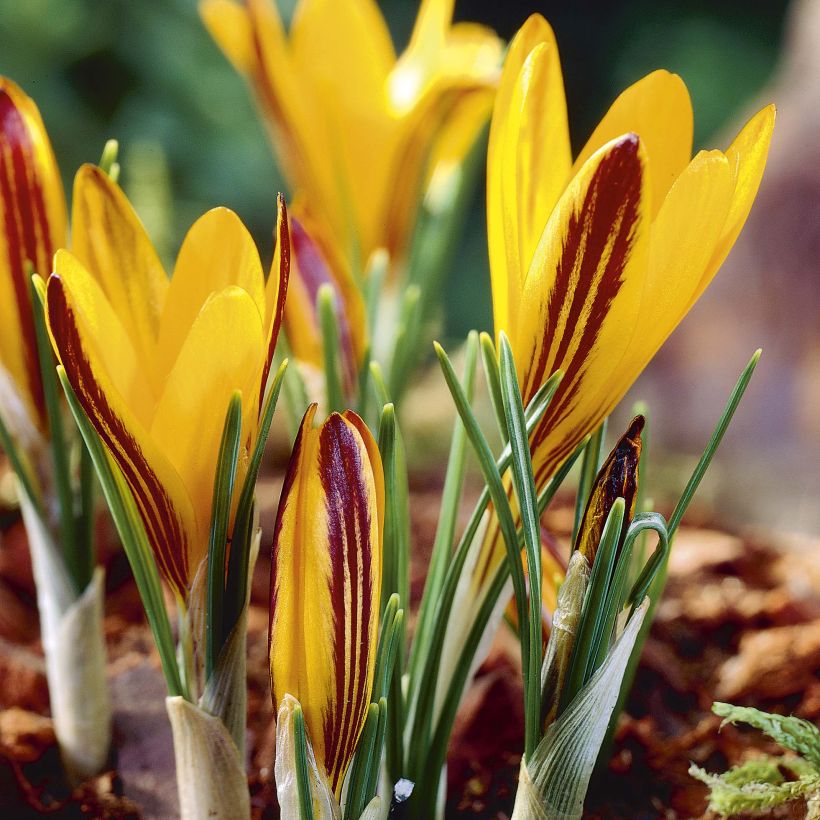

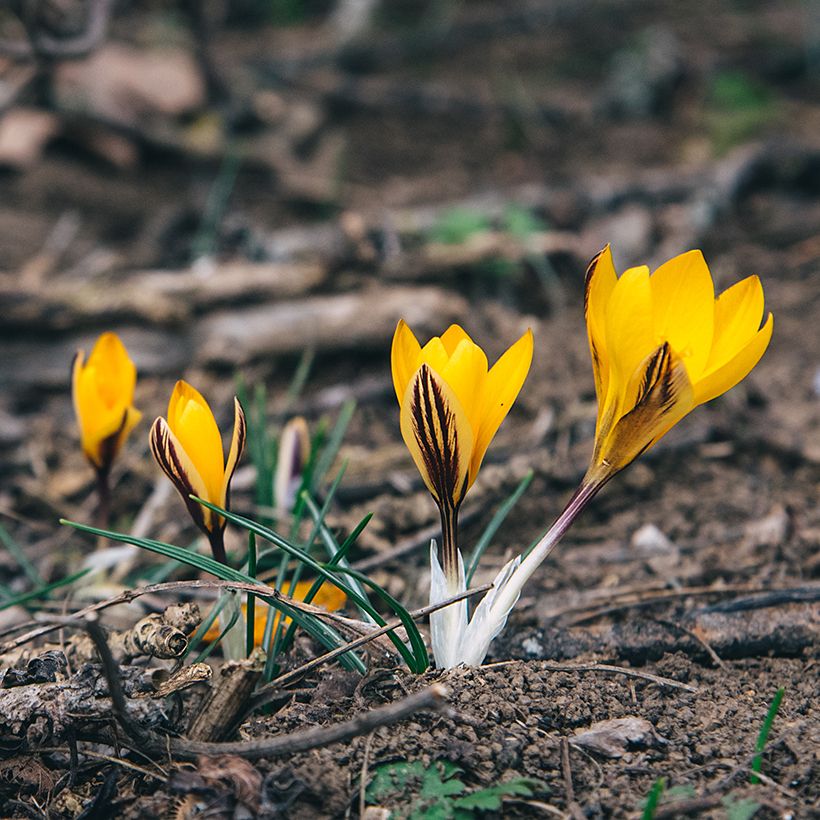

Plant habit
Flowering
Foliage
Botanical data
Crocus
angustifolius
Iridaceae
Narrow-leaved crocus, Gold-draped crocus
Mediterranean
Other Spring Crocus
View all →Planting and care
Crocus angustifolia grows in light and well-drained, neutral to alkaline soil. It prefers a sunny exposure where the corollas can fully open. It is also important to protect it from cold winds. The ideal substrate should be sandy-gravelly with a pH between 7 and 10. It can withstand temperatures down to -15°C (5°F). It tolerates summer drought. Its natural habitat corresponds to open spaces that are cold in winter, and dry and hot in summer. Plant in autumn, burying the corms 5cm (2in) deep and spacing them 5 to 10cm (2 to 4in) apart. The plants have the best effect when planted in groups of 5 to 10 specimens. Once acclimatised and established, they multiply quickly through spontaneous sowing. Crocus angustifolia requires no specific maintenance. It is important not to cut the foliage before it turns yellow. The corms are sensitive to excess moisture, which can cause them to rot during their dormant period.
Planting period
Intended location
Care
Planting & care advice
-
, onOrder confirmed
Reply from on Promesse de fleurs
Similar products
Haven't found what you were looking for?
Hardiness is the lowest winter temperature a plant can endure without suffering serious damage or even dying. However, hardiness is affected by location (a sheltered area, such as a patio), protection (winter cover) and soil type (hardiness is improved by well-drained soil).

Photo Sharing Terms & Conditions
In order to encourage gardeners to interact and share their experiences, Promesse de fleurs offers various media enabling content to be uploaded onto its Site - in particular via the ‘Photo sharing’ module.
The User agrees to refrain from:
- Posting any content that is illegal, prejudicial, insulting, racist, inciteful to hatred, revisionist, contrary to public decency, that infringes on privacy or on the privacy rights of third parties, in particular the publicity rights of persons and goods, intellectual property rights, or the right to privacy.
- Submitting content on behalf of a third party;
- Impersonate the identity of a third party and/or publish any personal information about a third party;
In general, the User undertakes to refrain from any unethical behaviour.
All Content (in particular text, comments, files, images, photos, videos, creative works, etc.), which may be subject to property or intellectual property rights, image or other private rights, shall remain the property of the User, subject to the limited rights granted by the terms of the licence granted by Promesse de fleurs as stated below. Users are at liberty to publish or not to publish such Content on the Site, notably via the ‘Photo Sharing’ facility, and accept that this Content shall be made public and freely accessible, notably on the Internet.
Users further acknowledge, undertake to have ,and guarantee that they hold all necessary rights and permissions to publish such material on the Site, in particular with regard to the legislation in force pertaining to any privacy, property, intellectual property, image, or contractual rights, or rights of any other nature. By publishing such Content on the Site, Users acknowledge accepting full liability as publishers of the Content within the meaning of the law, and grant Promesse de fleurs, free of charge, an inclusive, worldwide licence for the said Content for the entire duration of its publication, including all reproduction, representation, up/downloading, displaying, performing, transmission, and storage rights.
Users also grant permission for their name to be linked to the Content and accept that this link may not always be made available.
By engaging in posting material, Users consent to their Content becoming automatically accessible on the Internet, in particular on other sites and/or blogs and/or web pages of the Promesse de fleurs site, including in particular social pages and the Promesse de fleurs catalogue.
Users may secure the removal of entrusted content free of charge by issuing a simple request via our contact form.
The flowering period indicated on our website applies to countries and regions located in USDA zone 8 (France, the United Kingdom, Ireland, the Netherlands, etc.)
It will vary according to where you live:
- In zones 9 to 10 (Italy, Spain, Greece, etc.), flowering will occur about 2 to 4 weeks earlier.
- In zones 6 to 7 (Germany, Poland, Slovenia, and lower mountainous regions), flowering will be delayed by 2 to 3 weeks.
- In zone 5 (Central Europe, Scandinavia), blooming will be delayed by 3 to 5 weeks.
In temperate climates, pruning of spring-flowering shrubs (forsythia, spireas, etc.) should be done just after flowering.
Pruning of summer-flowering shrubs (Indian Lilac, Perovskia, etc.) can be done in winter or spring.
In cold regions as well as with frost-sensitive plants, avoid pruning too early when severe frosts may still occur.
The planting period indicated on our website applies to countries and regions located in USDA zone 8 (France, United Kingdom, Ireland, Netherlands).
It will vary according to where you live:
- In Mediterranean zones (Marseille, Madrid, Milan, etc.), autumn and winter are the best planting periods.
- In continental zones (Strasbourg, Munich, Vienna, etc.), delay planting by 2 to 3 weeks in spring and bring it forward by 2 to 4 weeks in autumn.
- In mountainous regions (the Alps, Pyrenees, Carpathians, etc.), it is best to plant in late spring (May-June) or late summer (August-September).
The harvesting period indicated on our website applies to countries and regions in USDA zone 8 (France, England, Ireland, the Netherlands).
In colder areas (Scandinavia, Poland, Austria...) fruit and vegetable harvests are likely to be delayed by 3-4 weeks.
In warmer areas (Italy, Spain, Greece, etc.), harvesting will probably take place earlier, depending on weather conditions.
The sowing periods indicated on our website apply to countries and regions within USDA Zone 8 (France, UK, Ireland, Netherlands).
In colder areas (Scandinavia, Poland, Austria...), delay any outdoor sowing by 3-4 weeks, or sow under glass.
In warmer climes (Italy, Spain, Greece, etc.), bring outdoor sowing forward by a few weeks.






























